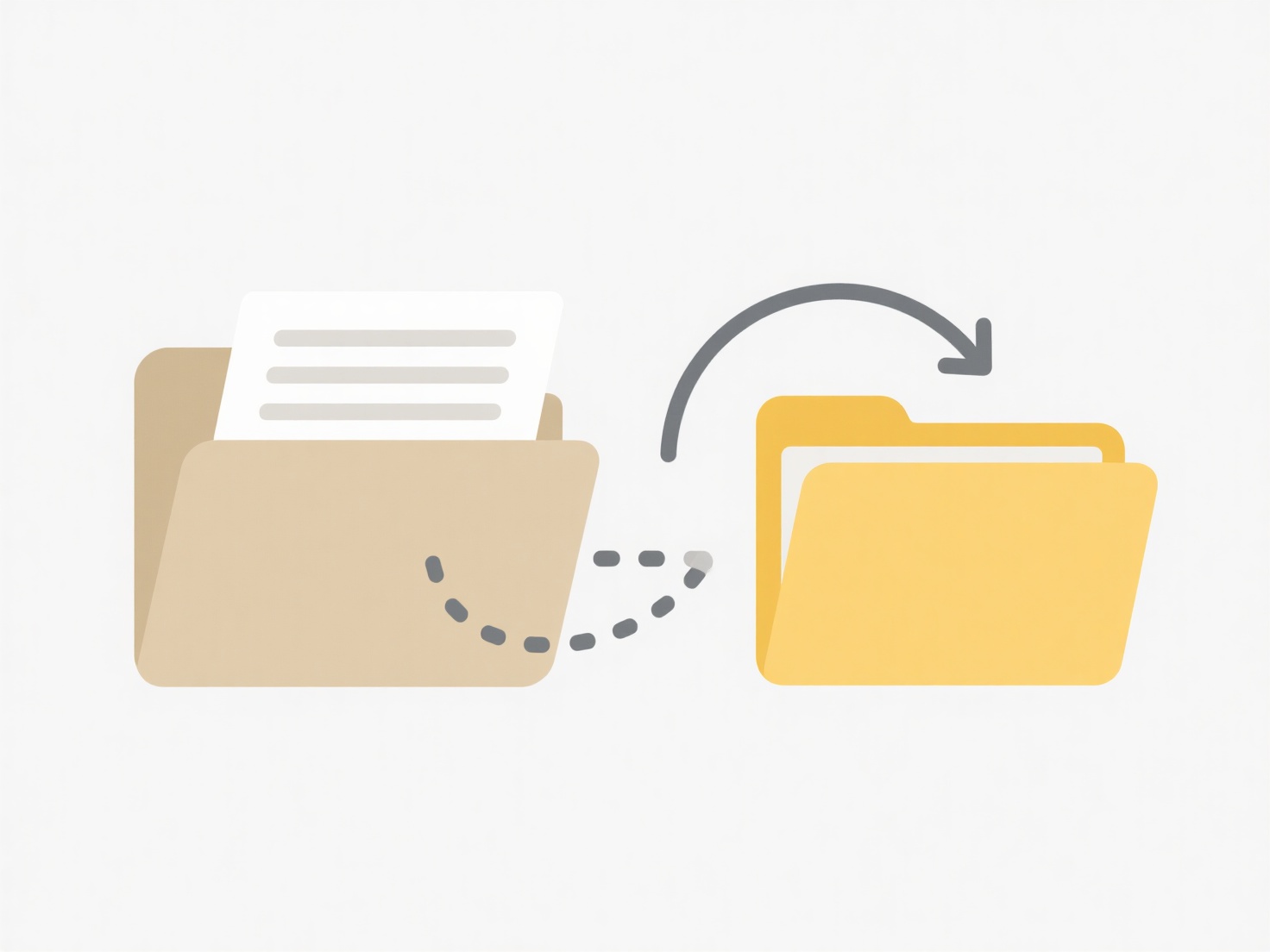
Scanners often produce .tif files instead of .jpg because TIFF is a lossless format designed for archival quality. Unlike JPG, which uses lossy compression to significantly reduce file size by permanently discarding some image data, TIFF compression is either lossless (like LZW or ZIP) or completely uncompressed. This ensures every detail captured by the scanner sensor is perfectly preserved without degradation, which is crucial for documents, photographs, or artwork where accuracy matters.
This fidelity makes TIFF the preferred format for applications demanding exact reproduction. For instance, libraries and museums use TIFF when scanning historical documents or artwork to create high-resolution, unalterable digital masters. Similarly, engineers scanning architectural blueprints or legal professionals archiving signed contracts rely on TIFF to ensure every line and signature remains perfectly intact for future reference or evidence.

The major advantage is guaranteed image integrity, vital for archival, legal, and professional purposes where alterations or quality loss are unacceptable. The trade-off is much larger file sizes compared to JPG. While manageable for archival storage, TIFF's size can be cumbersome for web use or email. Ethically, using TIFF supports the accurate preservation of original materials. As storage becomes cheaper, its role in maintaining original quality for critical scans remains essential, though JPG is still widely used when small file size takes priority.
Why does my scanner use .tif instead of .jpg?
Scanners often produce .tif files instead of .jpg because TIFF is a lossless format designed for archival quality. Unlike JPG, which uses lossy compression to significantly reduce file size by permanently discarding some image data, TIFF compression is either lossless (like LZW or ZIP) or completely uncompressed. This ensures every detail captured by the scanner sensor is perfectly preserved without degradation, which is crucial for documents, photographs, or artwork where accuracy matters.
This fidelity makes TIFF the preferred format for applications demanding exact reproduction. For instance, libraries and museums use TIFF when scanning historical documents or artwork to create high-resolution, unalterable digital masters. Similarly, engineers scanning architectural blueprints or legal professionals archiving signed contracts rely on TIFF to ensure every line and signature remains perfectly intact for future reference or evidence.

The major advantage is guaranteed image integrity, vital for archival, legal, and professional purposes where alterations or quality loss are unacceptable. The trade-off is much larger file sizes compared to JPG. While manageable for archival storage, TIFF's size can be cumbersome for web use or email. Ethically, using TIFF supports the accurate preservation of original materials. As storage becomes cheaper, its role in maintaining original quality for critical scans remains essential, though JPG is still widely used when small file size takes priority.
Quick Article Links
Why do shared files require login to open?
Access controls prevent unauthorized users from viewing or modifying shared files. Authentication requires users to prov...
How do I organize team folders by responsibility?
Organizing team folders by responsibility means structuring shared digital spaces where specific individuals or roles ar...
How do I set up smart folders based on search rules?
Smart folders are virtual containers that automatically group files or content based on defined search criteria (rules),...